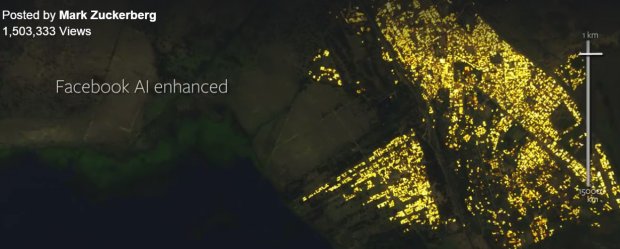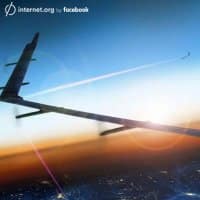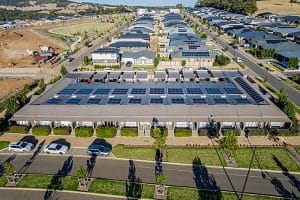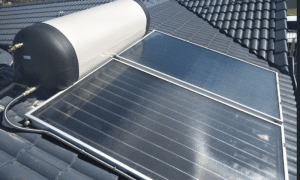Artificial Intelligence will play an important role in determining where Facebook’s Aquila solar-powered planes will beam down internet connectivity.
In November last year, Facebook unveiled Aquila, a solar powered drone with the wingspan of a Boeing 737. The craft will cruise at an altitude of around 27,400 metres during the day while the solar cells recharge Aquila’s batteries and drop to approximately 18,300 metres at night to take advantage of gravitational potential energy.
Aquila’s purpose is to beam Internet connectivity to underserved communities and areas where access to the web isn’t available. Between its solar cells, batteries and super-efficient motors; Aquila will be able to stay airborne for months, delivering internet to some of the most remote areas on earth.
But knowing exactly where concentrations of these people are has provided a few challenges.
“Many people live in remote communities and accurate data on where people live doesn’t always exist,” said Mr. Zuckerberg.
“We can’t beam internet connectivity to people if we don’t know where communities are, so we built AI technology to analyze 15.6 billion satellite images to create much more accurate population maps across 21.6 million square kilometers of Earth.”

An animation based on this data can be viewed here. The knowledge gleaned from the technology won’t be just kept within Facebook or its related project Internet.org.
“We will share these maps openly with the community so other organizations can use them too. This should help with planning energy, health and transport infrastructure, as well as assisting people who need help in disasters.”
You can read more about Data-Assisted Population Distribution Mapping here and here.
According to State of Connectivity 2015: A Report on Global Internet Access, 4.1 billion people throughout the world were still not internet users in 2015.
Highest estimates of 3G and 4G coverage suggest that 1.6 billion people were living outside of mobile broadband coverage.
The four key barriers to internet access are availability, affordability, relevance and readiness.
“Without a step change to current trends, over 3 billion people will remain offline by 2020, nearly all in developing countries,” states the report (PDF). Developments such as Aquila and associated technology may well be that step-change.







































